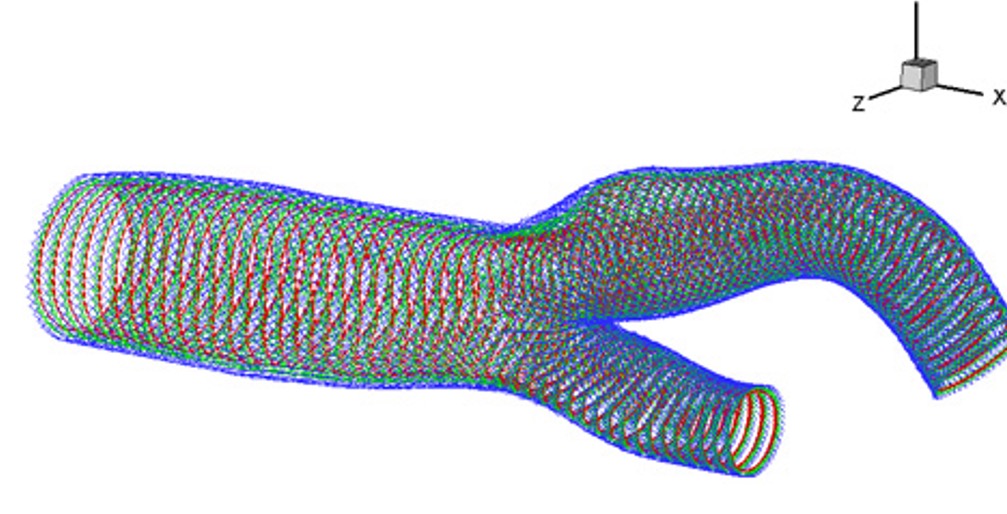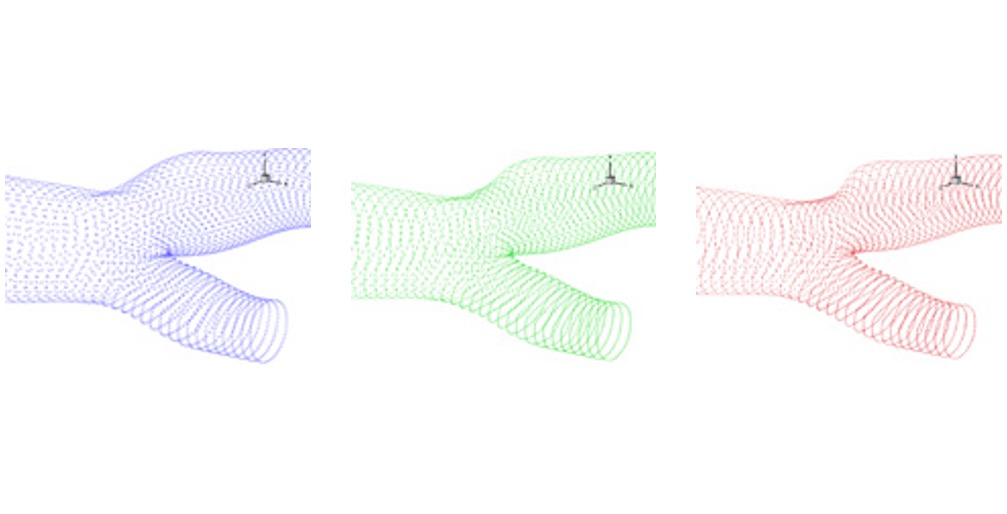Introduction
The arterial wall consists of three concentric layers of a laminated-like tissue: the intima (inner layer), the media (middle layer), and the adventitia (outer layer), separated by elastic membranes. Each arterial layer may be considered as a composite structure containing elastin, collagen fibers, cells (endothelial cell, smooth muscle cell, fibroblast) and ground matrix. Histological evidence (Shekhonin et al., 1985) shows a large dispersion of collagen fibers in the intima and adventitia. Contrariwise, in the media the orientation of collagen fibers presents a better alignment along the circumferential direction with a very little dispersion. Under physiological conditions, arteries are regarded as nearly incompressible solids and exhibit a nonlinear stress-strain response with a typical stiffening at the physiological strain level. The arterial wall exhibits anisotropic behavior with different elastic constants in the radial, circumferential, and axial directions (Palel et al., 1973). The mechanical behavior of arteries may be regarded within the contest of the anisotropic hyperelasticity where the material behaviour is described in terms of a strain energy function. A typical anisotropic hyperelastic strain energy function has been proposed by Holzapfel (Holzapfel et al, 2000) and formulated in terms of the invariants of the deformation tensor and fiber directions.
Goal
In order to describe the hyperelastic anisotropic response of the arterial wall by using the Holzapfel material model, it is necessary identify locally the inclination of the two families of collagen fibers in the discretized model of the vessel. The methodology used is able to reproduce the correct fiber orientation in complex geometries, such as carotid bifurcations and aortic valves.
Results



